Sea Launch Expands Future Mobility Constellation [Jielong-3 Y6]
Geespace is moving toward completing phase one of its satellite plans.
From the waters near Rizhao (日照市), in Shandong province (山东), at 00:31 am China Standard Time on August 9th (16:31 pm Universal Coordinated Time on August 8th), a Jielong-3 blasted off from a sea launch ship heading for low Earth orbit, carrying a group of commercial constellation satellites.
Atop the rocket was Geespace’s fourth group of satellites, consisting of 11 spacecraft, for its Geely Future Mobility Constellation, bringing it up to 41 satellites in orbit. This constellation is set to provide communication, connectivity, and positioning services, with an accuracy at a centimeter level.
Each satellite onboard is believed to mass 130 kilograms while powered by two solar arrays. Electric propulsion systems are also onboard the spacecraft for raising into operational orbits, or for performing complex maneuvers.
Geespace is deploying its constellation in three phases. Phase one (2022-2025) will involve the deployment of 72 satellites into orbit. Phase two will add an additional 264 satellites, and phase three will add another 5,676 satellites. In total, 6,012 satellites are planned to be deployed. Once phases two and three of satellite deployment are completed, services will be expanded to include connectivity to mobile phones and satellite internet.
The Geely Future Mobility Constellation is backed by Chinese automaker Geely (Zhejiang Geely Holding Group), with the wholly-owned subsidiary Geespace developing spacecraft and managing the constellation. Deployment of the constellation began in 2022 and continued in 2024.
Following the successful launch, the China Academy of Launch Vehicle Technology stated that it is aiming to support rapid high-cadence constellation deployment with Jielong-3, likely to complete phase one of Geespace’s constellation. For supporting rapid launches, the academy is aiming to optimize costs per satellite while expanding the rocket’s capabilities. Also in support of it, today's launch demonstrated a universal adaptor payload interface, which reduced costs and preparation times.
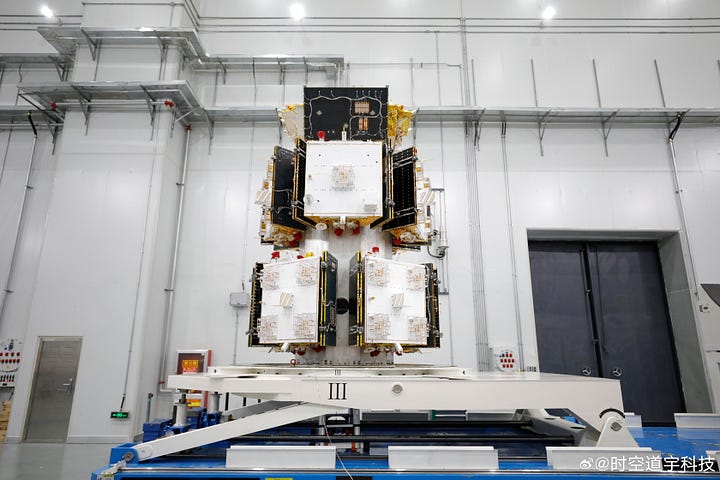
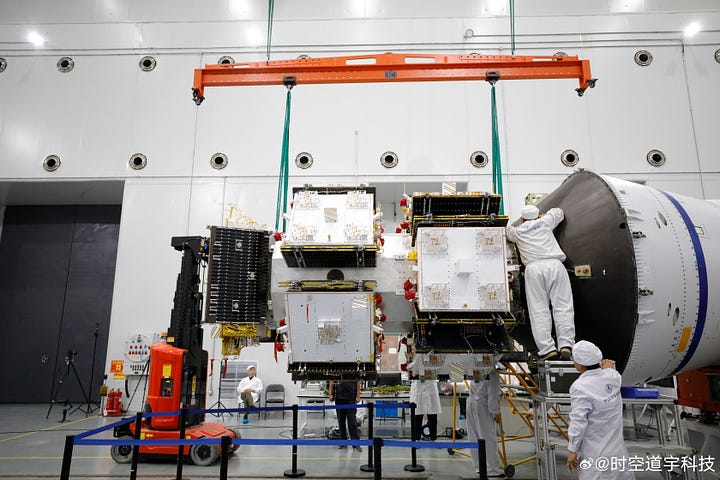
Meanwhile, this mission was China’s first sea launch in 2025 to undergo its launch campaign in the summer’s high-temperature and high-humidity conditions. To deal with that, teams implemented extra protective measures and environmental analysis.
This launch was the 6th mission for the Jielong-3 launch vehicle. This was also the 44th launch from China in 2025.
Recap via Geespace on Weibo.
Livestream replay via ThatSpaceDogeGuy and International Rocket Launches on YouTube.
Check out the previous Jielong-3 launch
A Group of Navigators! [Jielong-3 Y5]
Beginning China’s sea-based launches for the year was a Jielong-3 blasting off from the Dongfang Hangtiangang launch platform at 11:00 am China Standard Time, or 03:00 am Universal Coordinated Time, off the coast of Haiyang (海阳市) in the Yellow Sea. This la…
What is Jielong-3?
This section is for those less familiar with China's various commercial launch vehicles.
Jielong-3, also referred to as Smart Dragon-3, is a four-stage solid-fueled launch vehicle manufactured by the China Academy of Launch Vehicle Technology. The vehicle is operated commercially via a wholly-owned subsidiary of the China Academy of Launch Vehicle Technology called China Rocket. All four stages are believed to burn an unspecified solid propellant, with the first-stage generating 200 tons of thrust.
The payload capacity of the launch vehicle is currently as follows:
1,600 kilograms to a 500-kilometer sun-synchronus orbit.
On a launch platform, Jielong-3 is believed to be 31 meters tall. Details about the four stages of the vehicle are scarce but the first two stages have a diameter of 2.64 meters, with the fairing having a diameter of 3.35 meters. When prepared for launch Jielong-3 weighs a believed 145,000 kilograms.
So far Jielong-3 has flown from sea launch platforms in the East China Sea, South China Sea, and Yellow Sea.

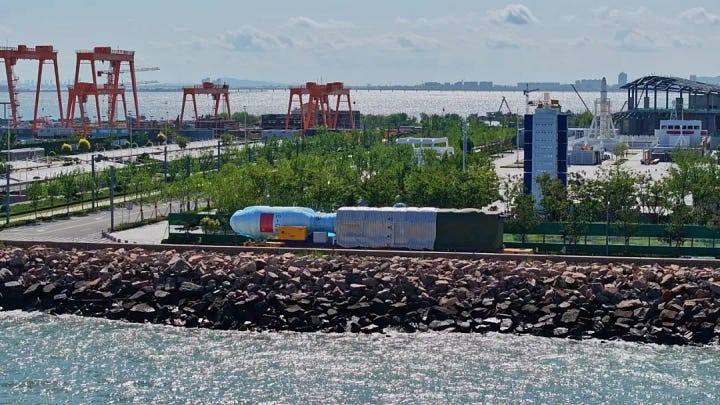





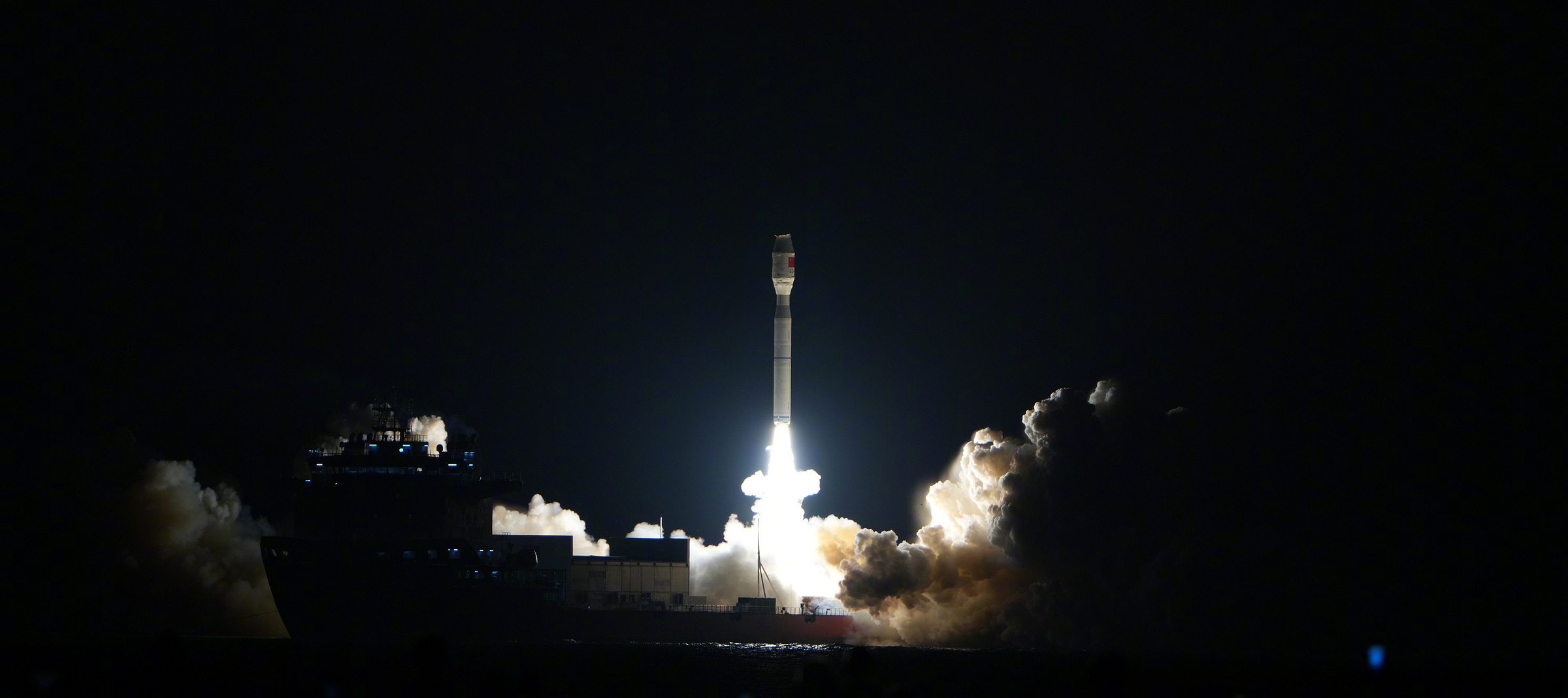
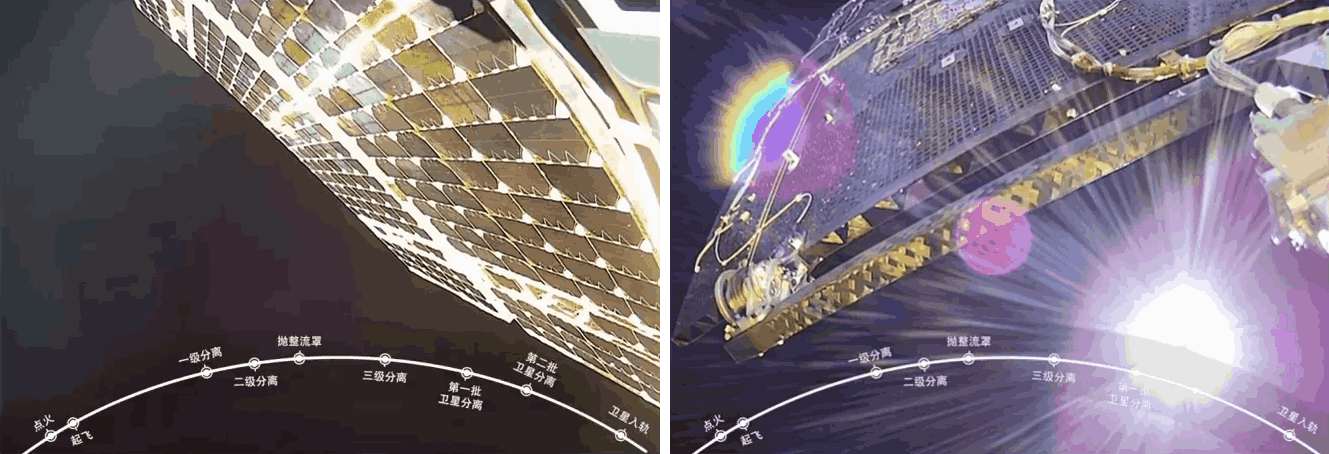
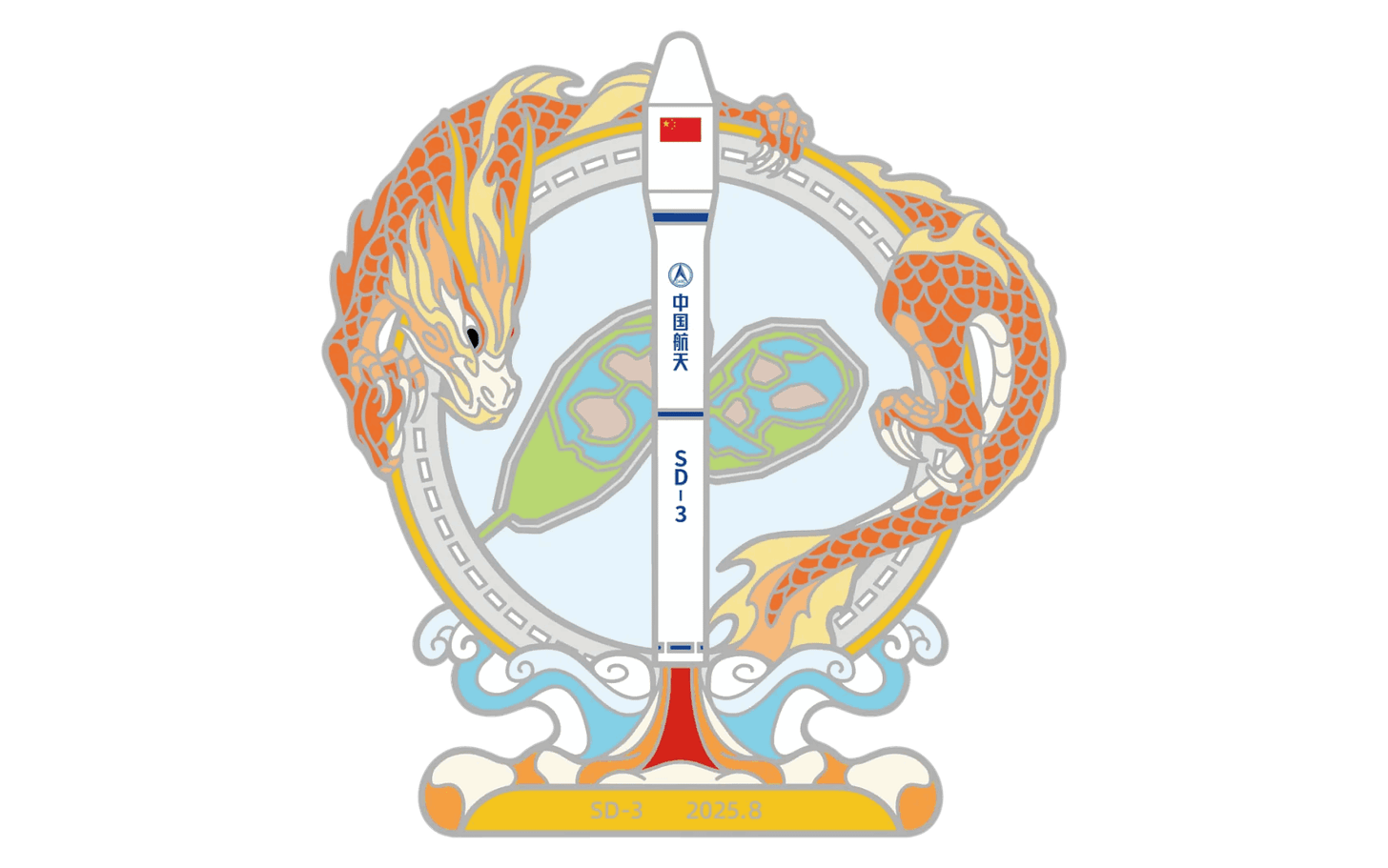
![A Group of Navigators! [Jielong-3 Y5]](https://substackcdn.com/image/fetch/$s_!SqUq!,w_1300,h_650,c_fill,f_auto,q_auto:good,fl_progressive:steep,g_auto/https%3A%2F%2Fsubstack-post-media.s3.amazonaws.com%2Fpublic%2Fimages%2F5ffeb164-c822-4506-9a2c-6848ba96020f_5443x3629.jpeg)
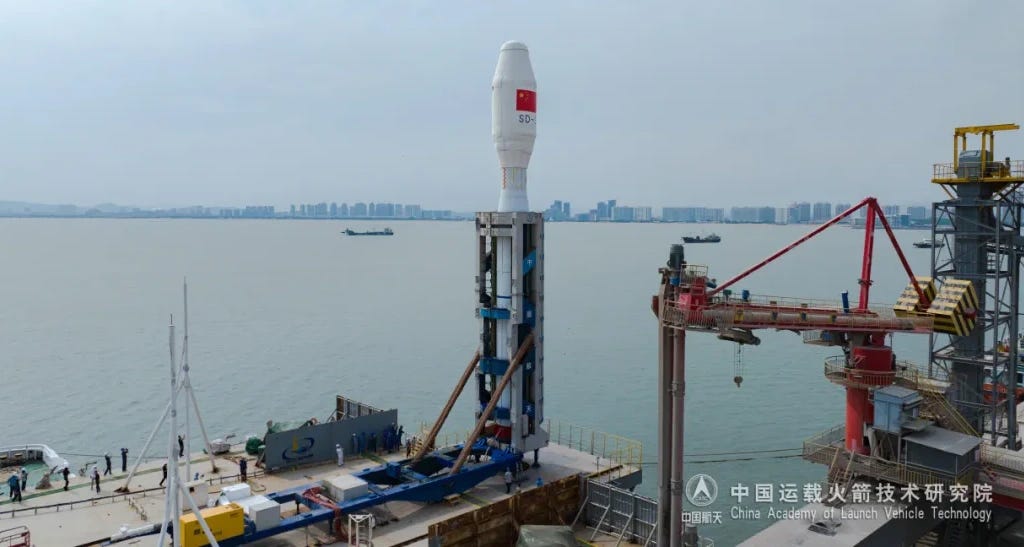
Thanks for tracking this development!